Insight into Power Bank

2023-07-26 15:02
With the progress of technology, smartphones are becoming more powerful and multi-talented, but this progress seems to come at the sacrifice of battery life. Thanks to the invention and improvement of the power bank, it offers a perfect solution to this problem. However, most people may not have a deeper insight into it.
Power banks consist of a cell and a PCB board, of which the cell matters the most to the safety and charging efficiency of the power banks. Currently, two kinds of cells are widely used in building power banks: lithium polymer and lithium-ion cells. However, which cell is better when selecting a power bank? BWOO is here to show you a complete insight into power bank cells and answer your question as a specialist in mobile phone electronics with 20 years of experience.
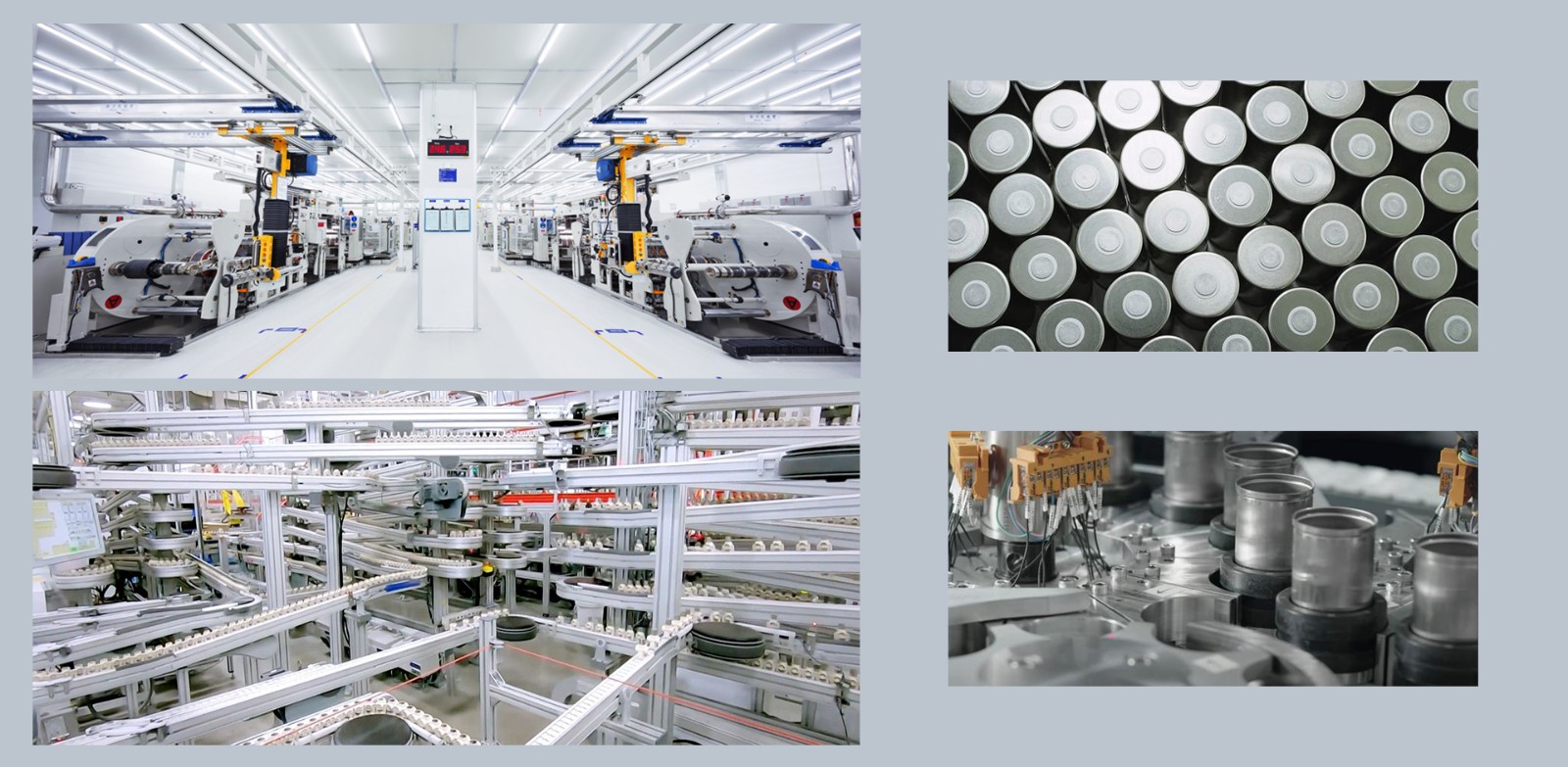
Lithium-ion Cells
Lithium-ion cells, also called Li-ion cells, use advanced chemistry with carbon as the negative electrode, metal oxide as the positive electrode, and a nonaqueous organic liquid electrolyte to show superior performance characteristics over most other rechargeable battery systems. Li-ion technology offers high energy density, long life, and reliability, making it attractive for modern electronics such as laptops, cameras, power banks, and more.
However, lithium-ion batteries can be a safety hazard if not properly engineered and manufactured since cells have flammable electrolytes that, if damaged or incorrectly charged, can lead to explosions and fires. Now much progress has been made in manufacturing safe lithium-ion batteries, among which the 18650 and 21700 lithium-ion batteries are very successful works and have been put into the production of mobile power supplies.
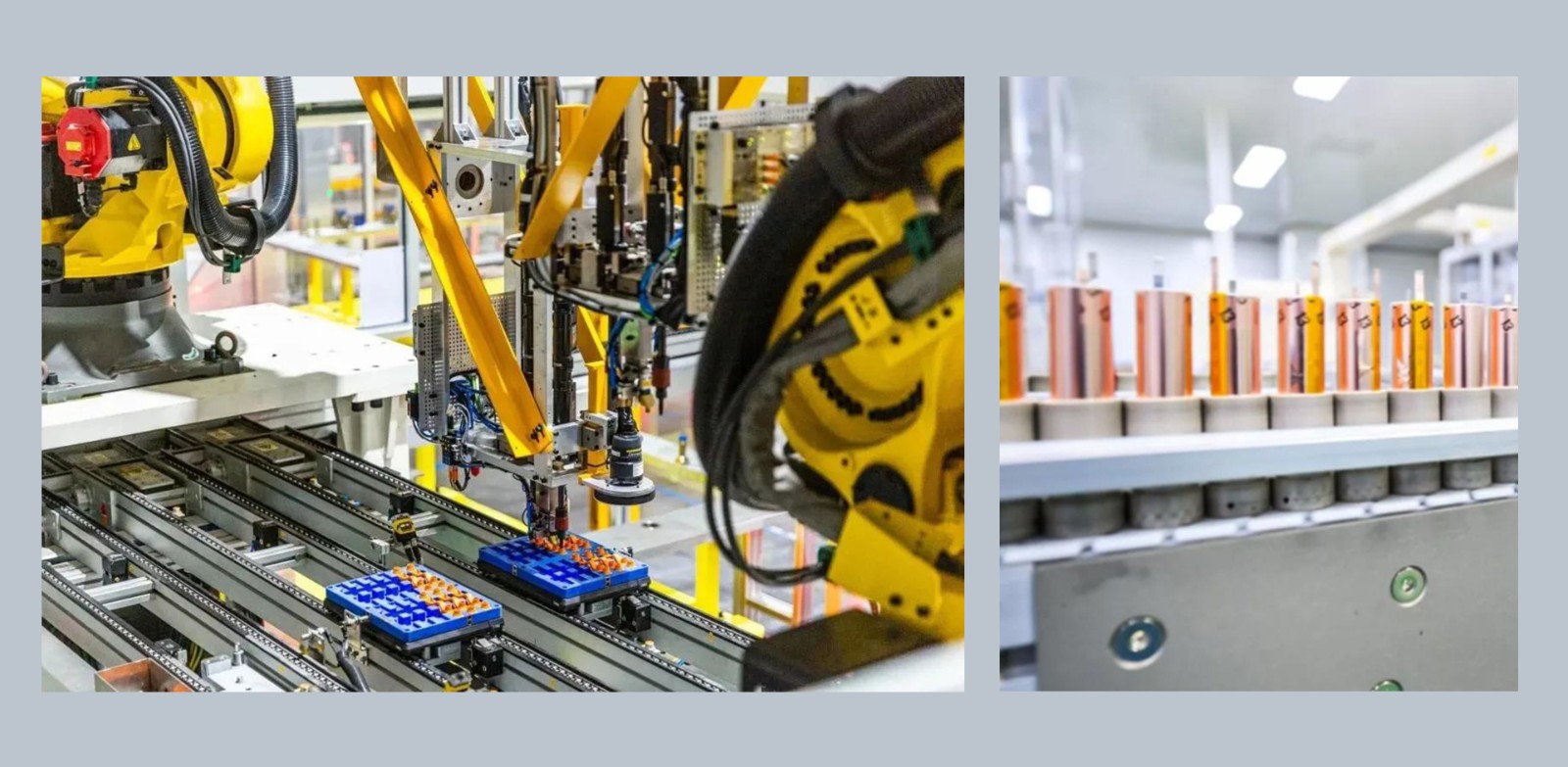
18650 Battery Cells
The 18650 battery cell model was introduced by Panasonic in 1994, and it became the most optimized lithium battery in 2013. Currently, 18650 cells have gained the biggest market share in high-capacity power banks.
For 18650, it was 18mm in diameter and 65mm in length. A single volume of 18650 battery cells can provide a capacity of 2,300mAh to 3,600mAh. Therefore, it is usually used to make a high-capacity power bank. However, due to their fixed shape and volume, these power banks appear a little more bulky than lithium polymer power banks.
At present, the technology of 18650 batteries is relatively mature, and these batteries show outstanding comprehensive performance. In addition to the high capacity, their battery structure is very stable to support 500 life cycles, which is two times the average battery. Thanks to the optimized design, these batteries have better safety performance and are non-explosive, non-toxic, and pollution-free. And their positive and negative electrodes are separated to reduce the risk of experiencing short circuits. Professional manufacturers like BWOO will add extra protection to the battery cell when designing a power bank. For example, it is worth mentioning that the 18650 lithium battery power banks offered by BWOO have built-in high-performance battery management systems equipped with IC monitoring chips such as PT4056 and PX40 while combining multiple safety protection designs on charging circuits and battery management to effectively reduce potential hidden dangers such as overcharging, over-discharging, and overtemperature.
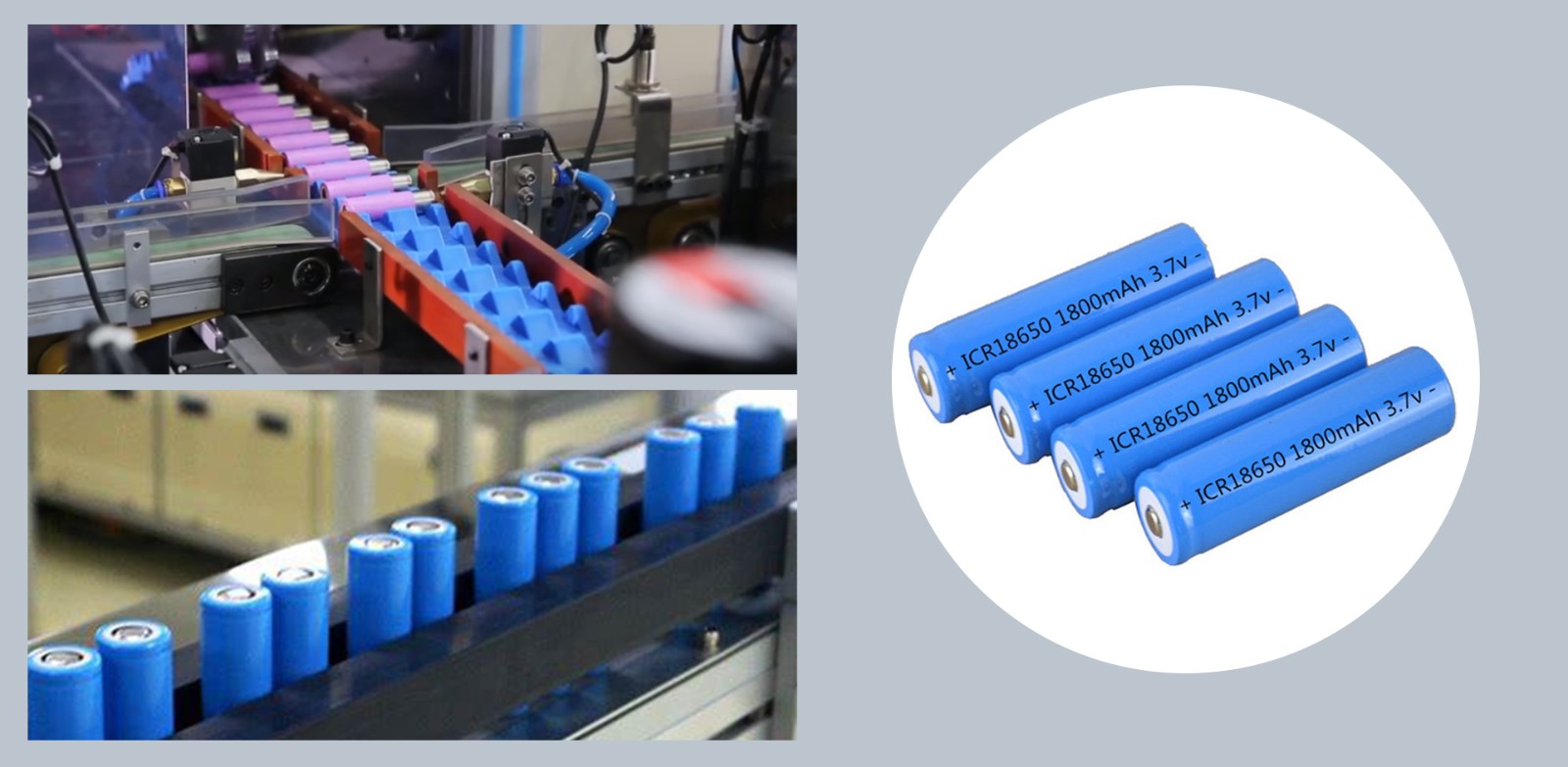
21700 Battery Cell
In 2017, 21700 cells were introduced in a joint effort between Panasonic and Tesla. They have dimensions of 21mm in diameter and 70mm in length. 21700 batteries are one kind of lithium battery, and due to their superior performance to 18650 batteries, they are now also utilized to build a high-capacity power bank.
21700 cells share the same battery structure as 18650 cells and they still came as 3.6 volts to 3.7 volts. Compared with 18650 cells, 27100 cells have a 35% increase in a single volume to carry a greater capacity of 4,000mAh to 5,000mAh. Plus, these cells have a much higher energy density than other types of lithium batteries, which means they can store more power in the same space while having a longer battery life. Meanwhile, they maintain the exceptional reliability and stable structure of the 18650 battery to show more outstanding performance than 18650 cells in all aspects. These advantages make them another good option for creating a high-capacity power bank.
However, although 21700 cells can be used to create a high-performance power bank, there are still only a few market shares of 21700 power banks due to the lack of production lines. Only powerful manufacturers like BWOO are confident enough to produce such a power bank.
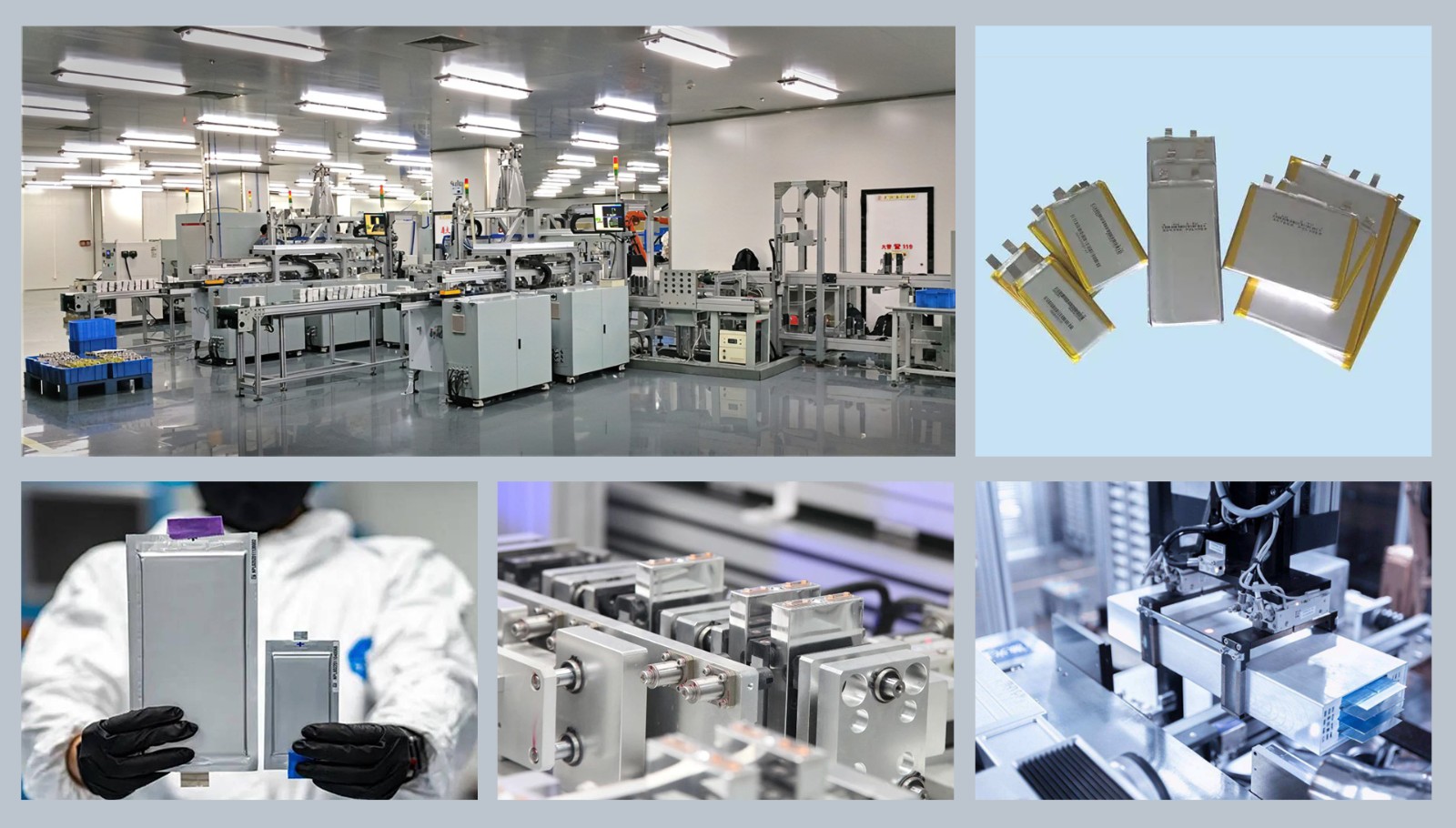
Lithium-polymer Cells
A lithium-ion polymer, also known as Li-poly, is also one of the popular cells used to create a power bank. It has the advantages of high energy density, small size, lightweight, high safety, and long cycle life.
A lithium-ion polymer battery uses the same materials as lithium-ion cells in its positive and negative electrodes, but it utilizes a polymer electrolyte instead of a liquid electrolyte. As a result, lithium-polymer batteries can come in lower-profile, more resilient, and robust designs. Moreover, they can be made thinner, ultra-thin, and have a possible thickness of less than 1mm. On the contrary, there is a technical bottleneck in the thickness of ordinary lithium-ion batteries below 3.6mm, while 18650 battery cells have a more standardized volume.
The Li-poly cells, packed in an aluminum foil “pouch”, are called soft or pouch cells. Without a hard metal shell, they are 40% lighter than stainless steel cases of lithium ions and 20% lighter than aluminum cases of lithium ions of equal capacity. As a consequence, lithium polymer power banks are very lightweight and slimmer than lithium polymer ones.
In terms of safety, lithium-polymer batteries perform better than lithium-ion batteries due to their robust packaging. Li-Po batteries with a robust design can withstand external pressure, thereby mitigating risks. This is one of the reasons why lithium-polymer batteries are commonly found in devices that offer extremely rapid charging. Additionally, the electrolyte gel in a Li-Po battery is less likely to leak than the electrolyte in a Li-Ion battery.
Li-Po batteries have a lower self-discharge level, which means that these lithium-polymer batteries will not deplete significantly if they are not used for an extended time. Although there are misconceptions that these cells have a shorter life cycle than Li-ion cells, the latest lithium polymer batteries, especially high-quality ones, can come with more than 500 life cycles. However, Li-Po cells usually come with higher production costs. That is the reason why power banks with a lithium polymer battery have a higher product cost.
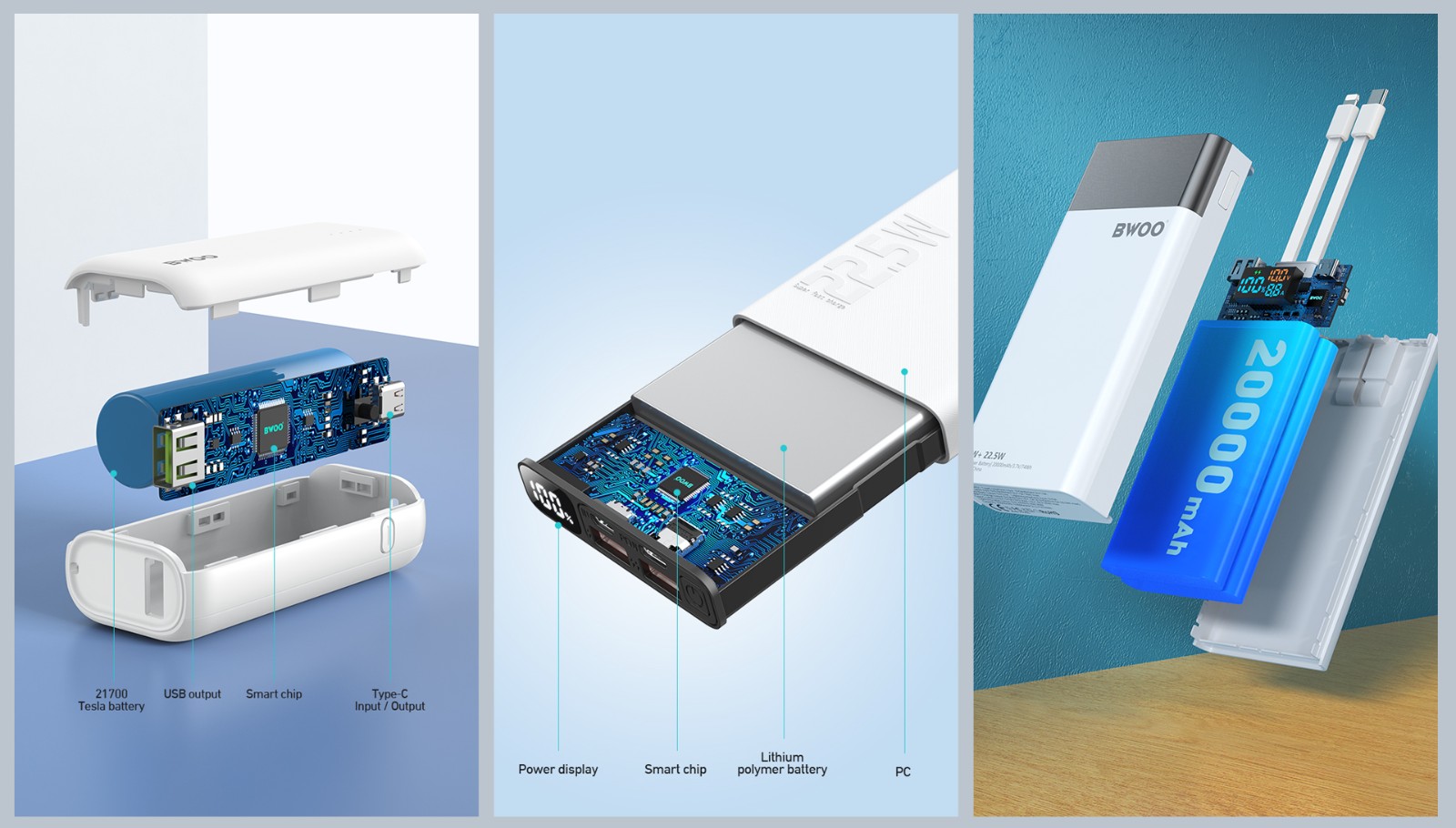
Li-Ion vs. Li-Po: Which Is Best When Choosing a Power Bank?
There is no certain answer to it because, after being properly engineered and manufactured, both Li-Ion and Li-Po power banks are safe to use and have excellent performance. However, whichever you choose, you’d better buy them from a reliable manufacturer like BWOO.
Compared with Li-ions, Li-Po cells have a higher energy density and lighter weight. In addition, LiPos can be manufactured in a wider variety of shapes and sizes. Therefore, power banks made from lithium polymer cells will be slimmer and more lightweight than lithium-ion-made ones of equal capacity, making them a perfect option for small and lightweight power banks. On the contrary, if you want to buy a high-capacity power bank with no requests for weight or size, you can settle on lithium-ion power banks. But many reputed manufacturers, like BWOO, can provide high-capacity power banks without compromising on size.
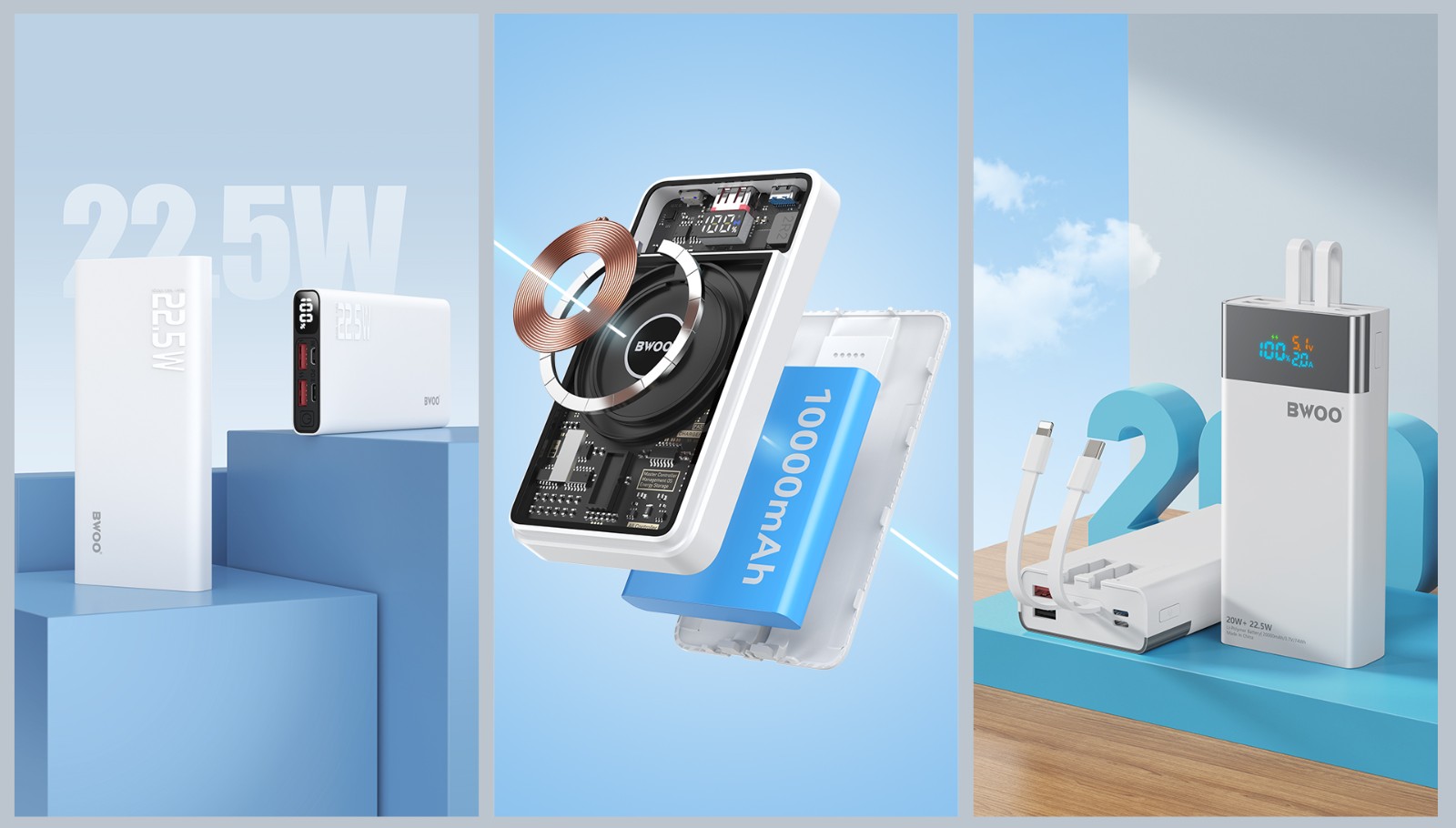
BWOO Power bank products
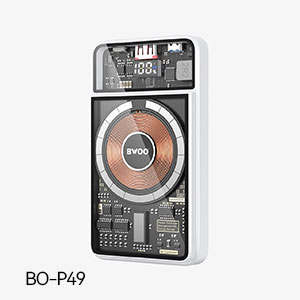 | 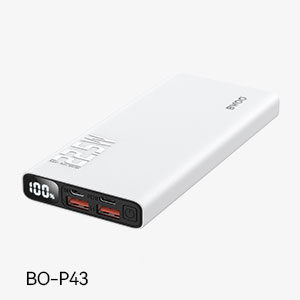 | 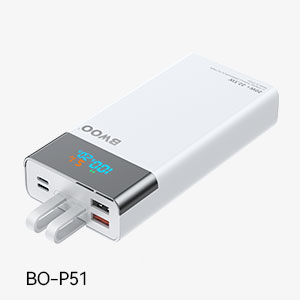 |
Comment
Leave a Reply
Your email address will not be published. Required. Required fields are marked*


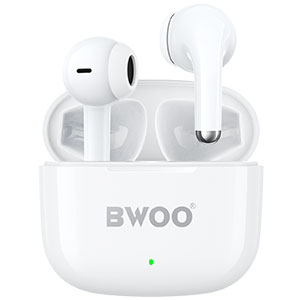

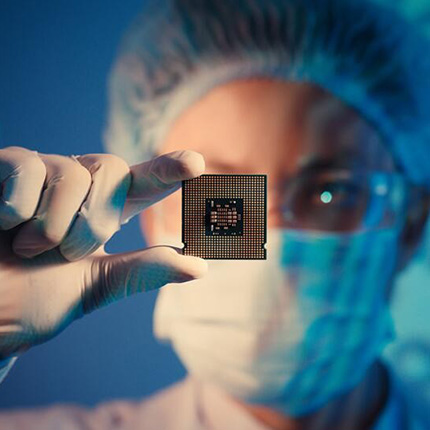













































Comment
There are no comments yet!